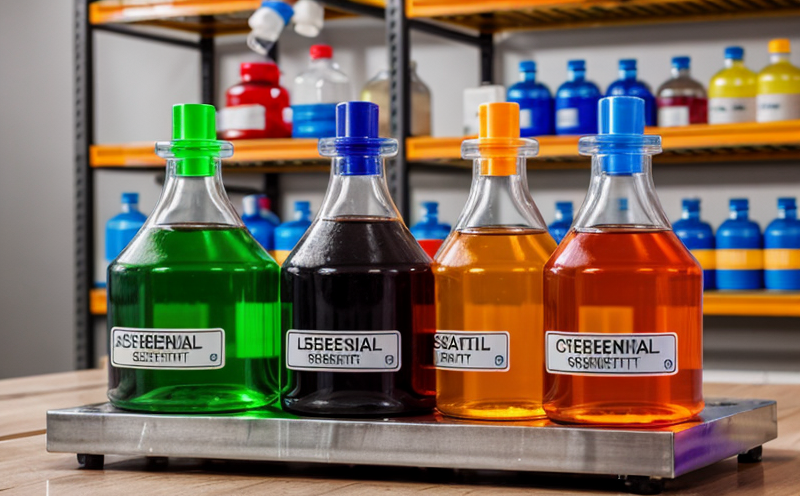TDCP Flame Retardant Testing in Household Items
The testing of Tetrachloroethyl Phosphate (TDCP) as a flame retardant in household items is crucial for ensuring consumer safety and compliance with international standards. This service involves the analysis of products that may contain this additive, such as textiles, foam, and other materials used in furniture, electronics, and building materials.
TDCP is widely used due to its effectiveness in reducing ignition risks; however, it has been classified as a potential human carcinogen by some regulatory bodies. Therefore, testing for TDCP content in household items ensures that products meet stringent safety requirements and comply with relevant regulations.
The testing process typically involves the extraction of TDCP from the product using appropriate solvents followed by quantification through methods like High-Performance Liquid Chromatography (HPLC). The extracted samples are analyzed to determine concentrations, ensuring they fall within safe limits as defined by regulatory agencies such as REACH and Oeko-Tex.
Quality managers and compliance officers rely on accurate TDCP testing results to maintain product integrity and avoid non-compliance issues. This service also supports R&D engineers in optimizing formulations while adhering to safety standards, making it an essential component of the broader product development lifecycle. Procurement teams benefit from this expertise by selecting suppliers who adhere to these stringent requirements.
Compliance with international regulations is paramount for companies operating globally. For instance, under REACH (Registration, Evaluation, Authorisation and Restriction of Chemicals), manufacturers must provide detailed information regarding the presence of TDCP in their products. Similarly, Oeko-Tex standards emphasize transparency about harmful substances, including TDCP.
When selecting a laboratory for TDCP testing, it's important to consider factors like proficiency, experience, and state-of-the-art instrumentation. Our facility is equipped with advanced analytical equipment capable of detecting trace amounts of TDCP, providing precise results that are crucial for decision-making processes related to product safety.
Why It Matters
TDCP flame retardant testing in household items is significant because it directly impacts public health and safety. By ensuring compliance with strict regulations, this service helps prevent fires that could lead to injuries or fatalities. Moreover, it supports the manufacturing industry by providing reliable data necessary for product development and quality assurance.
Consumer trust plays a critical role in determining market success. When consumers know their household items are safe from harmful additives like TDCP, they are more likely to purchase products from reputable brands. This not only enhances brand reputation but also fosters long-term customer loyalty.
From an environmental perspective, minimizing the use of potentially hazardous substances reduces waste and promotes sustainable practices throughout the product lifecycle. By adhering to rigorous testing protocols, manufacturers contribute positively towards reducing ecological footprints associated with production processes.
Why Choose This Test
- Ensures compliance with international standards like REACH and Oeko-Tex
- Provides accurate detection of trace amounts of TDCP
- Safeguards consumer health by identifying potentially harmful substances
- Supports sustainable manufacturing practices
International Acceptance and Recognition
The importance of TDCP flame retardant testing extends beyond national borders. It is recognized internationally due to its role in enhancing fire safety measures across various sectors including textiles, electronics, and furniture manufacturing.
In Europe, the REACH regulation mandates detailed documentation about all chemicals used in products sold within EU member states. Similarly, Oeko-Tex standards emphasize transparency regarding harmful substances present in textile fabrics and other consumer goods. Both these frameworks encourage rigorous testing practices which include TDCP analysis to ensure compliance.
Across North America, similar efforts are underway through initiatives like California Proposition 65 (Prop 65) aimed at protecting public health by requiring warnings on products containing certain chemicals known to cause cancer or reproductive harm. These regulatory requirements underscore the necessity for precise and reliable TDCP testing methods.
Recognizing the global nature of trade, many countries have adopted harmonized approaches towards chemical safety testing including those related to TDCP. This ensures consistent standards worldwide, promoting safer products across diverse markets while maintaining high levels of consumer protection.





